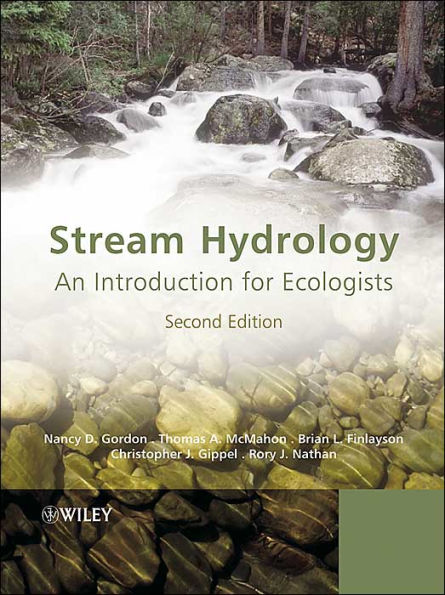5
1
9780470843574



Stream Hydrology: An Introduction for Ecologists / Edition 2 available in Hardcover, Paperback, eBook

Stream Hydrology: An Introduction for Ecologists / Edition 2
- ISBN-10:
- 0470843578
- ISBN-13:
- 9780470843574
- Pub. Date:
- 06/18/2004
- Publisher:
- Wiley

Stream Hydrology: An Introduction for Ecologists / Edition 2
$236.95
236.95
In Stock

From the B&N Reads Blog
